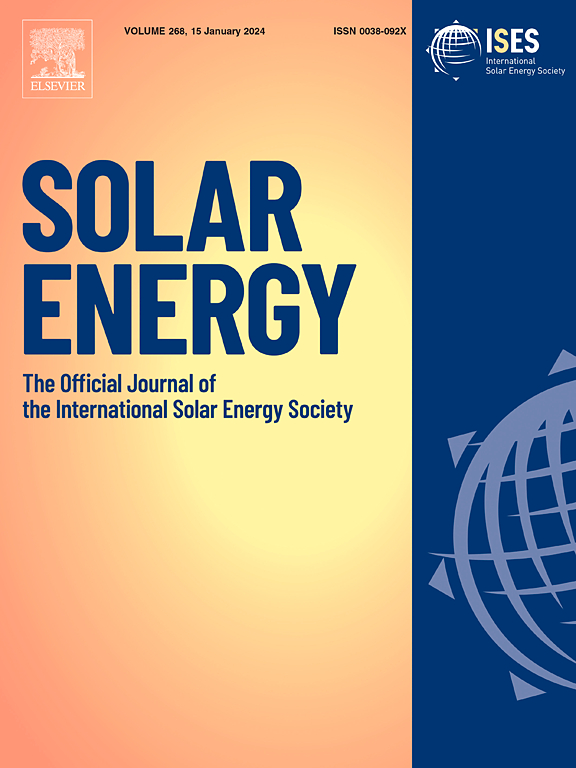Photovoltaic power estimation and forecast models integrating physics and machine learning: A review on hybrid techniques
IF 6
2区 工程技术
Q2 ENERGY & FUELS
引用次数: 0
Abstract
Photovoltaic (PV) models are essential for energy planning and grid integration applications. The models used for PV power conversion typically adopt physical, data-driven, or hybrid approaches. Different hybrid techniques, combining elements of physical and data-driven methods, have been effectively developed for PV power estimation and forecasting, leveraging the strengths of both native methods. The data-driven approach allows models to account for unmodeled uncertainties and nonlinearities that purely physical models cannot capture. Meanwhile, the guidance of scientific theory makes the models less dependent on data, thereby improving generalization, interpretability, and accuracy. This review paper provides a comprehensive overview of hybrid methodologies for PV power estimation and forecasting. The main available hybridization methods are summarized and discussed under a novel methodological classification into three primary categories: physics-informed machine learning models, optimized physical models, and physics-guided models. Furthermore, these hybrid models are compared in terms of methodology, applications, and elucidating the merits and demerits of different techniques. By offering insights into these hybrid models, this review lays a foundation for researchers in this field and contributes to the advancement of PV power estimation and forecasting methodologies.
结合物理学和机器学习的光伏功率估算和预测模型:混合技术综述
光伏(PV)模型对于能源规划和电网集成应用至关重要。用于光伏功率转换的模型通常采用物理、数据驱动或混合方法。不同的混合技术结合了物理方法和数据驱动方法的元素,利用两种原生方法的优势,有效地开发了光伏功率估算和预测技术。数据驱动法允许模型考虑纯物理模型无法捕捉的未建模不确定性和非线性因素。同时,科学理论的指导使模型对数据的依赖性降低,从而提高了通用性、可解释性和准确性。本综述全面概述了光伏功率估算和预测的混合方法。本文总结并讨论了现有的主要混合方法,并将其按照新颖的方法学分类法分为三大类:物理信息机器学习模型、优化物理模型和物理指导模型。此外,还从方法论、应用和阐明不同技术的优缺点等方面对这些混合模型进行了比较。通过对这些混合模型的深入分析,本综述为该领域的研究人员奠定了基础,并为光伏发电功率估算和预测方法的进步做出了贡献。
本文章由计算机程序翻译,如有差异,请以英文原文为准。
求助全文
约1分钟内获得全文
求助全文
来源期刊

Solar Energy
工程技术-能源与燃料
CiteScore
13.90
自引率
9.00%
发文量
0
审稿时长
47 days
期刊介绍:
Solar Energy welcomes manuscripts presenting information not previously published in journals on any aspect of solar energy research, development, application, measurement or policy. The term "solar energy" in this context includes the indirect uses such as wind energy and biomass
 求助内容:
求助内容: 应助结果提醒方式:
应助结果提醒方式:


